Francesco Clemente’s anthological survey show, “Twenty Years of Painting: 2001 – 2021,” cogitates on a shifting understanding of the world and human consciousness. His work presented for Vito Schnabel Gallery’s first exhibition at its Old Santa Monica Post Office location, Clemente's work grapples with his own mortality through a deep contemplation of physical existence. Encompassing portraiture, symbolic, landscape and figurative motifs, he ruminates on the ephemerality of life by addressing the incorruptibility of time’s momentary truth.
Clemente proves to be an articulate shapeshifter, malleably moving through an impressive assortment of media including watercolor on paper, oil on canvas and pigment on linen. A clear standout is the plenteous lemon-colored fresco, Two Trees (2001). Depicted is a before-and-after scene of a tree standing upright that then becomes segmented and falls to the ground as paper flies into the air. In direct conversation with ancient Italian frescoes such as the garden walls discovered in Pompeii and tree of fertility in Massa Marittima, Clemente ruminates on the impermanent double standards of life and death.
Exquisitely rendered is the artist’s self-portrait holding a ring of light, Summer Self V (2011), which is thoughtfully installed in the gallery to catch the changing color of sunlight over the course of the day. Clemente embraces self-portraiture as memento mori to again articulate a transient nature of being. Attune to the patterns of the seasons and biological effects of light on the human body, his analysis can also be seen in Clouds IV (2018). Complex in its utter simplicity, the painting evokes a constant movement and the suspension between heaven and earth.
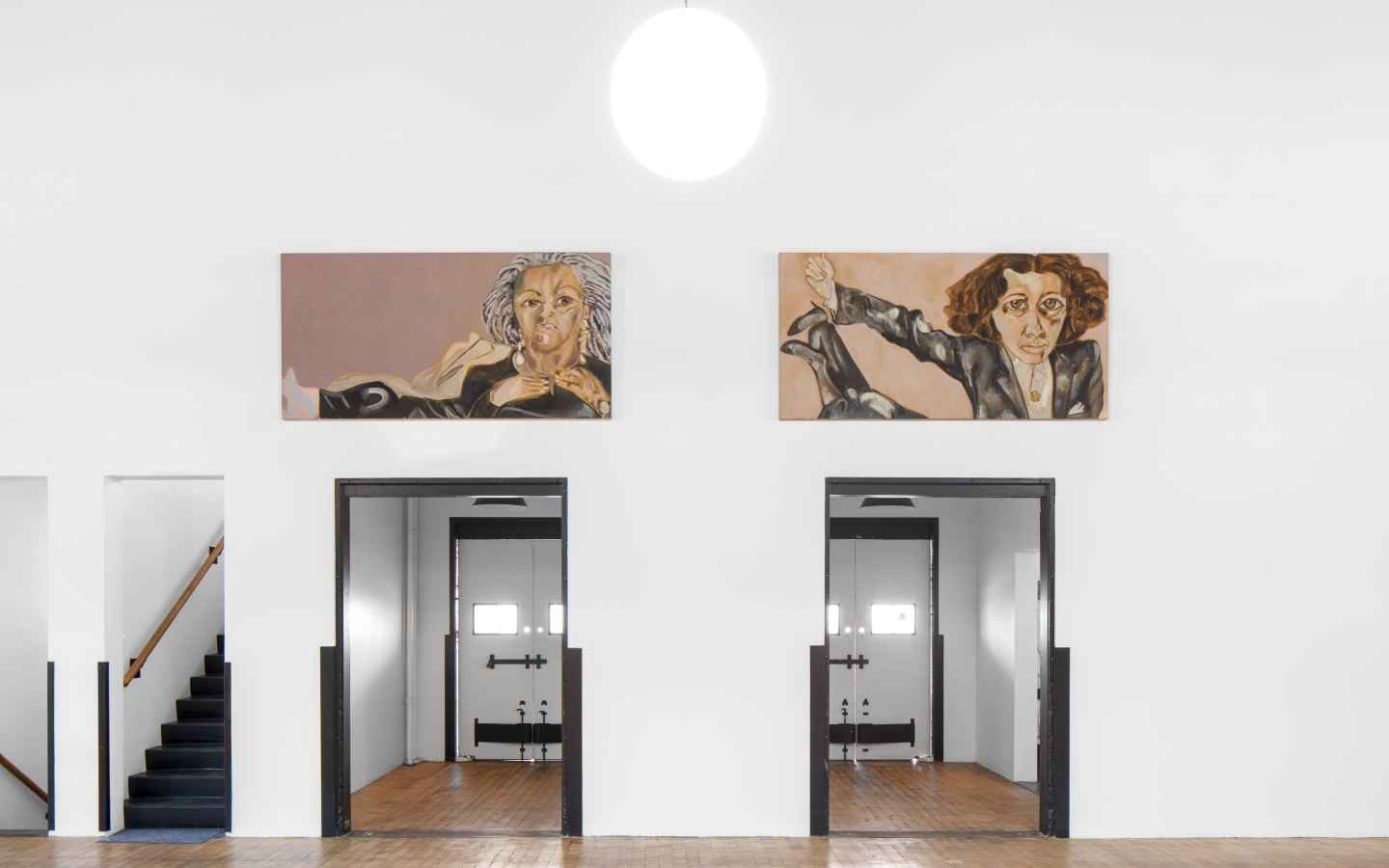

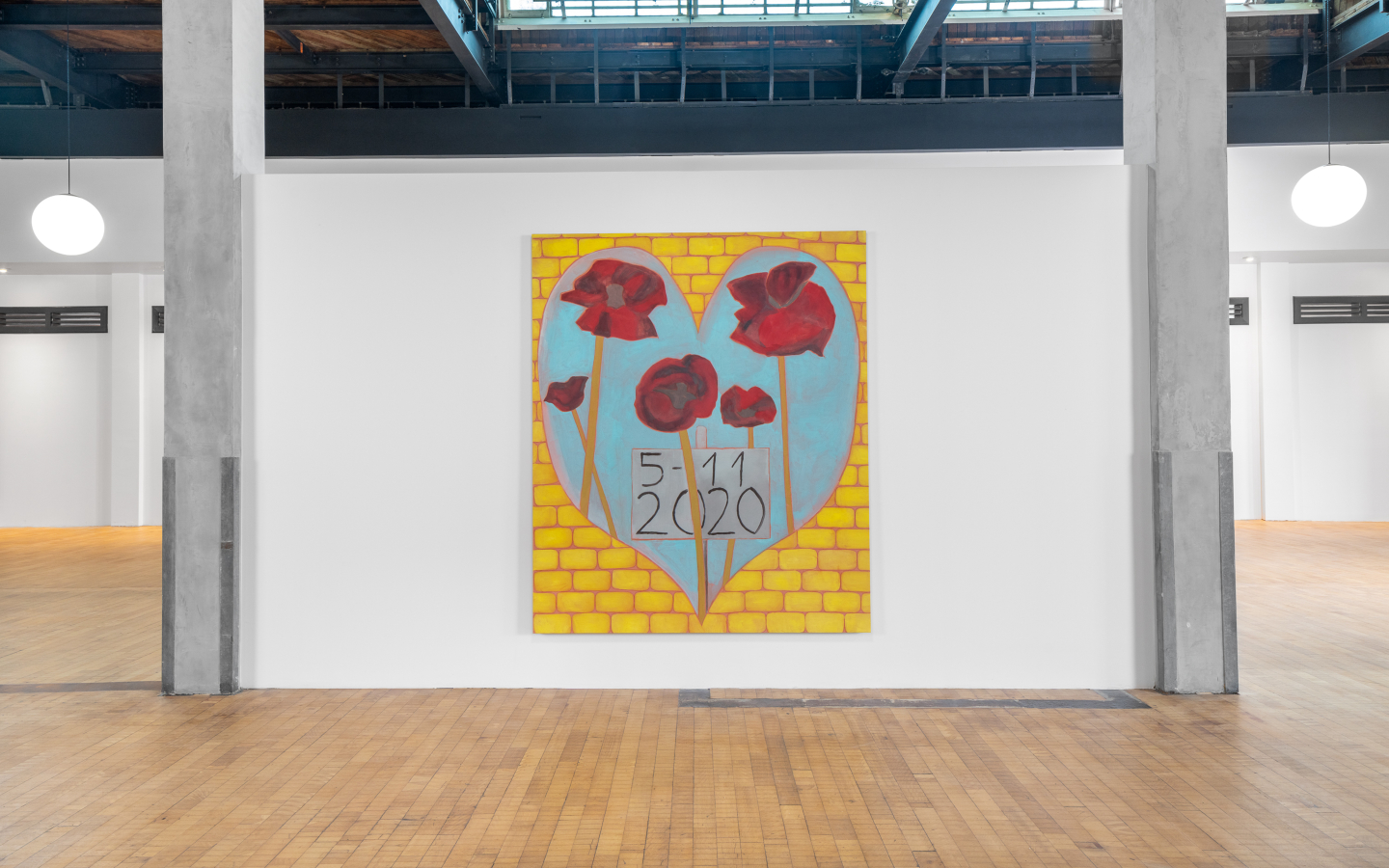
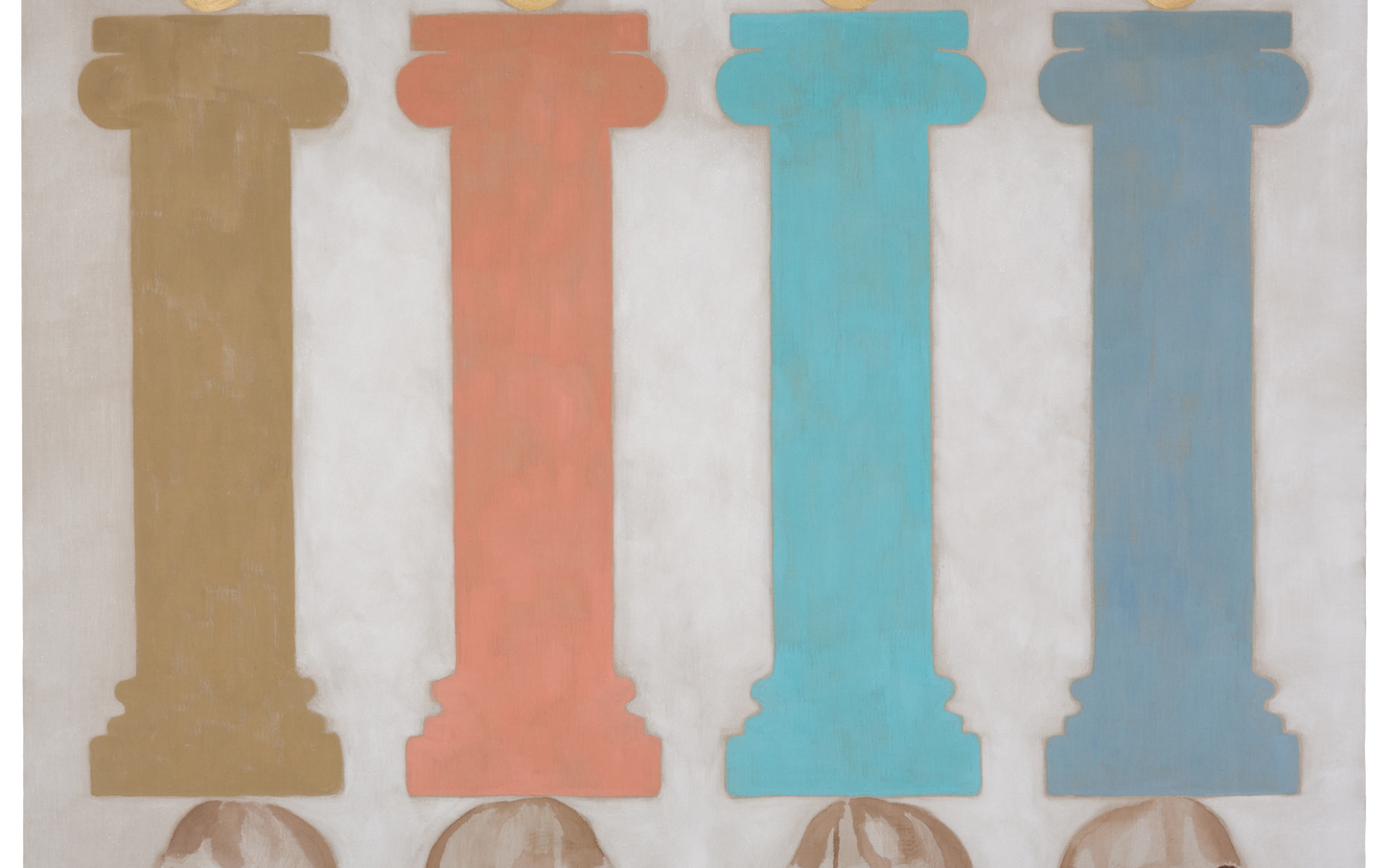
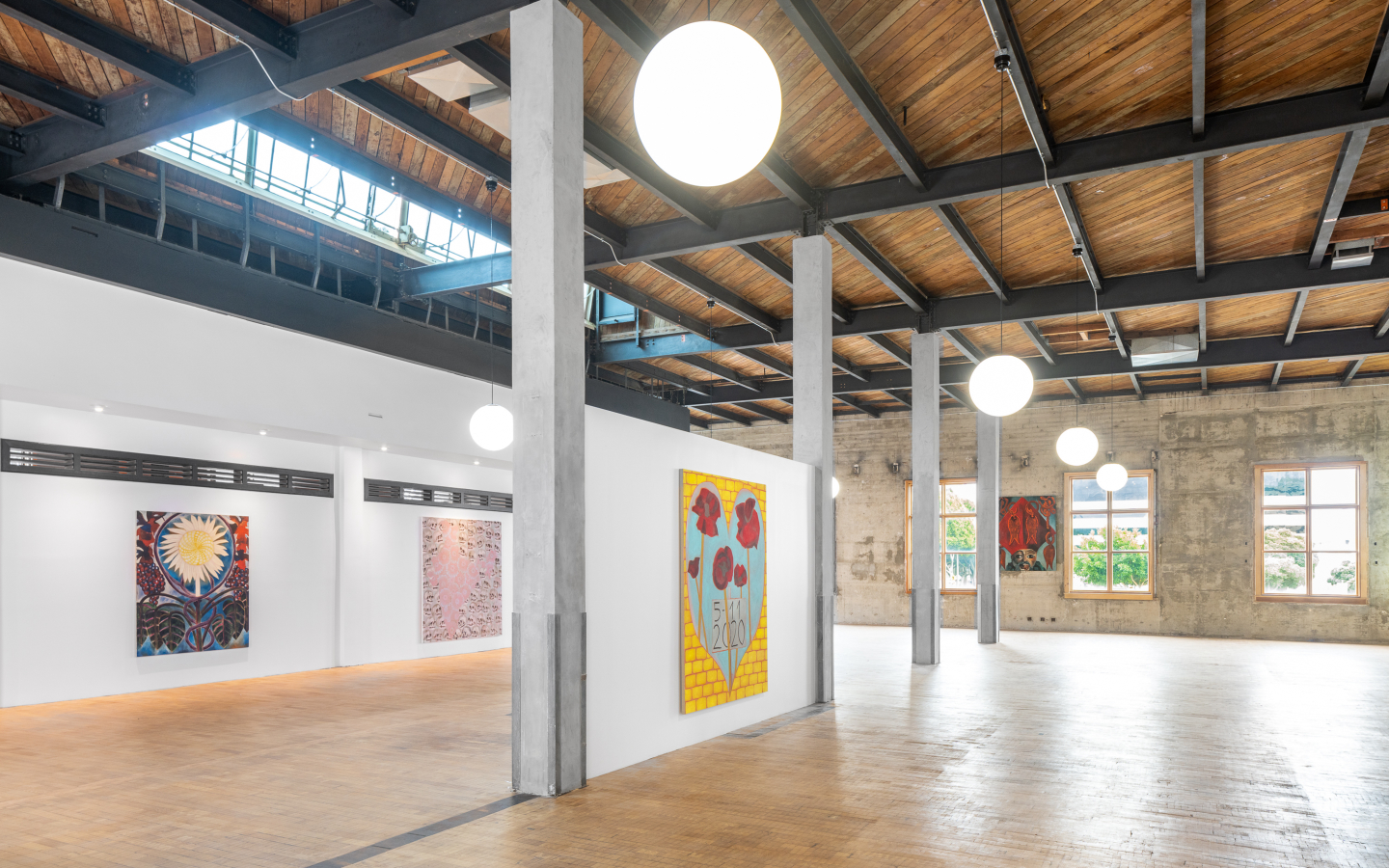
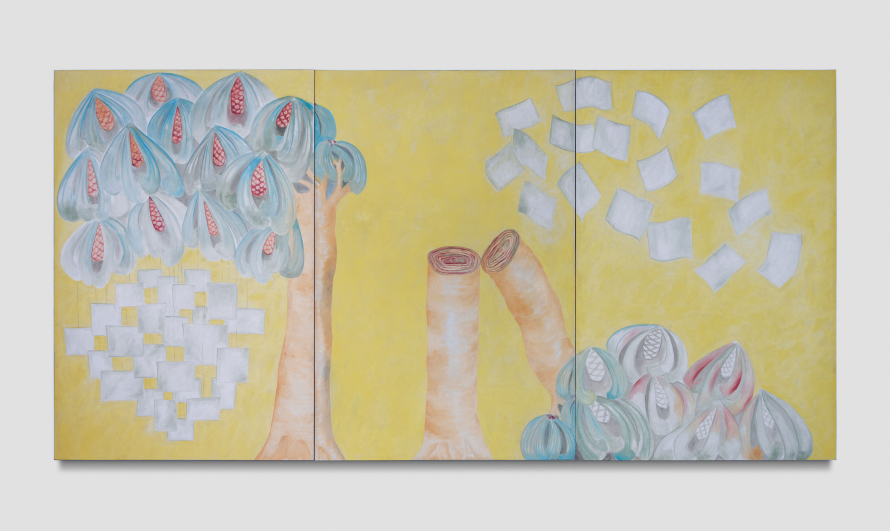
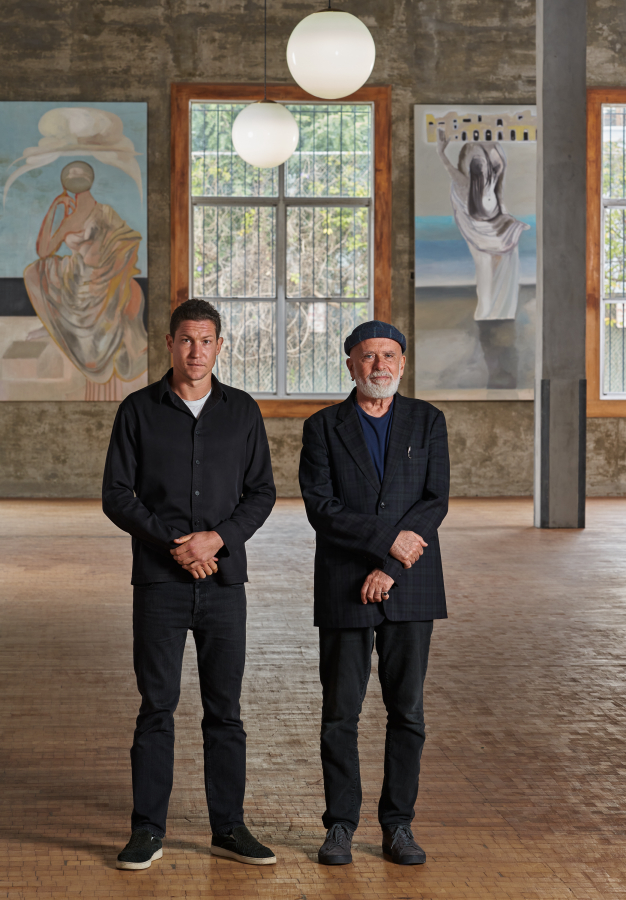
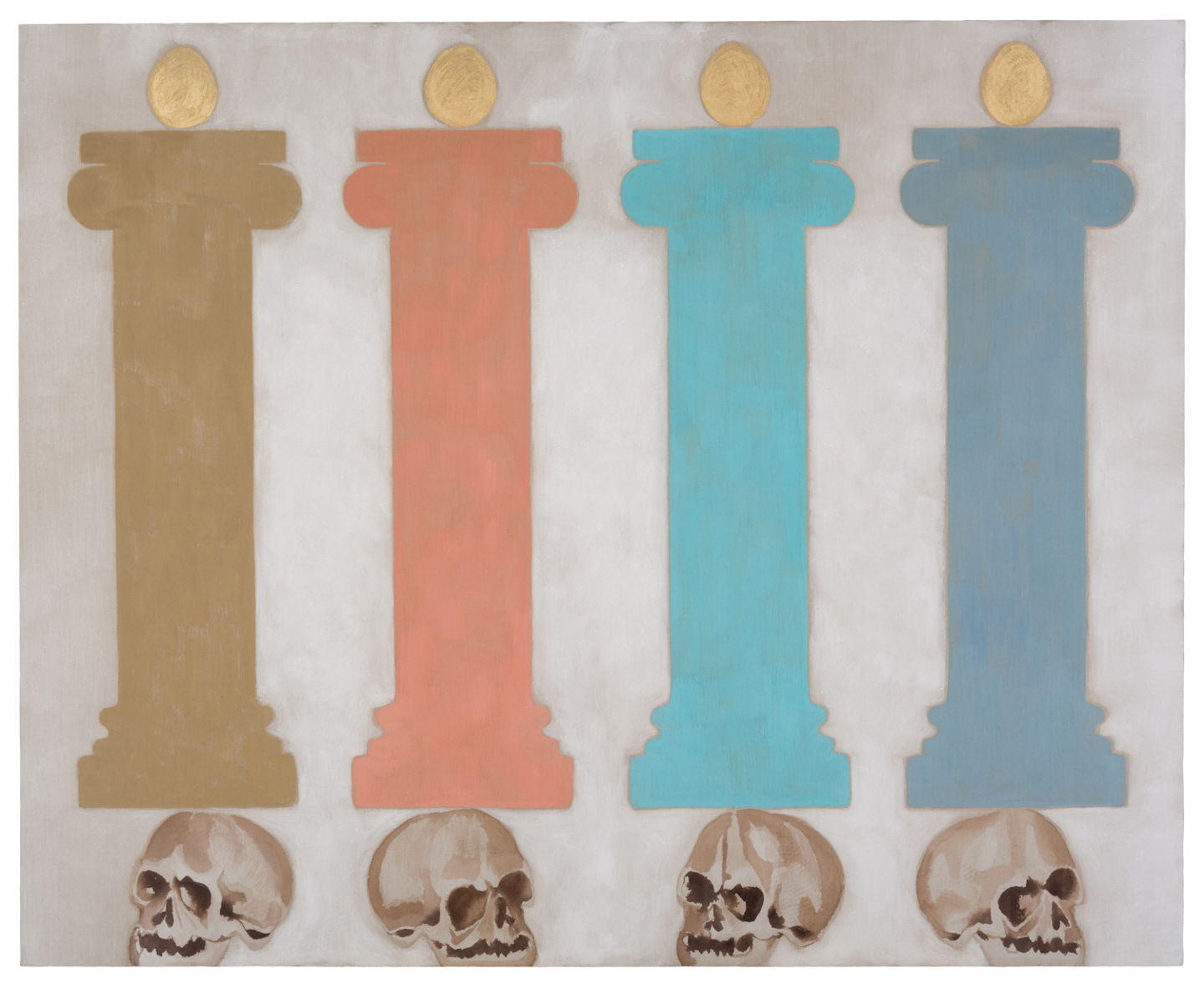

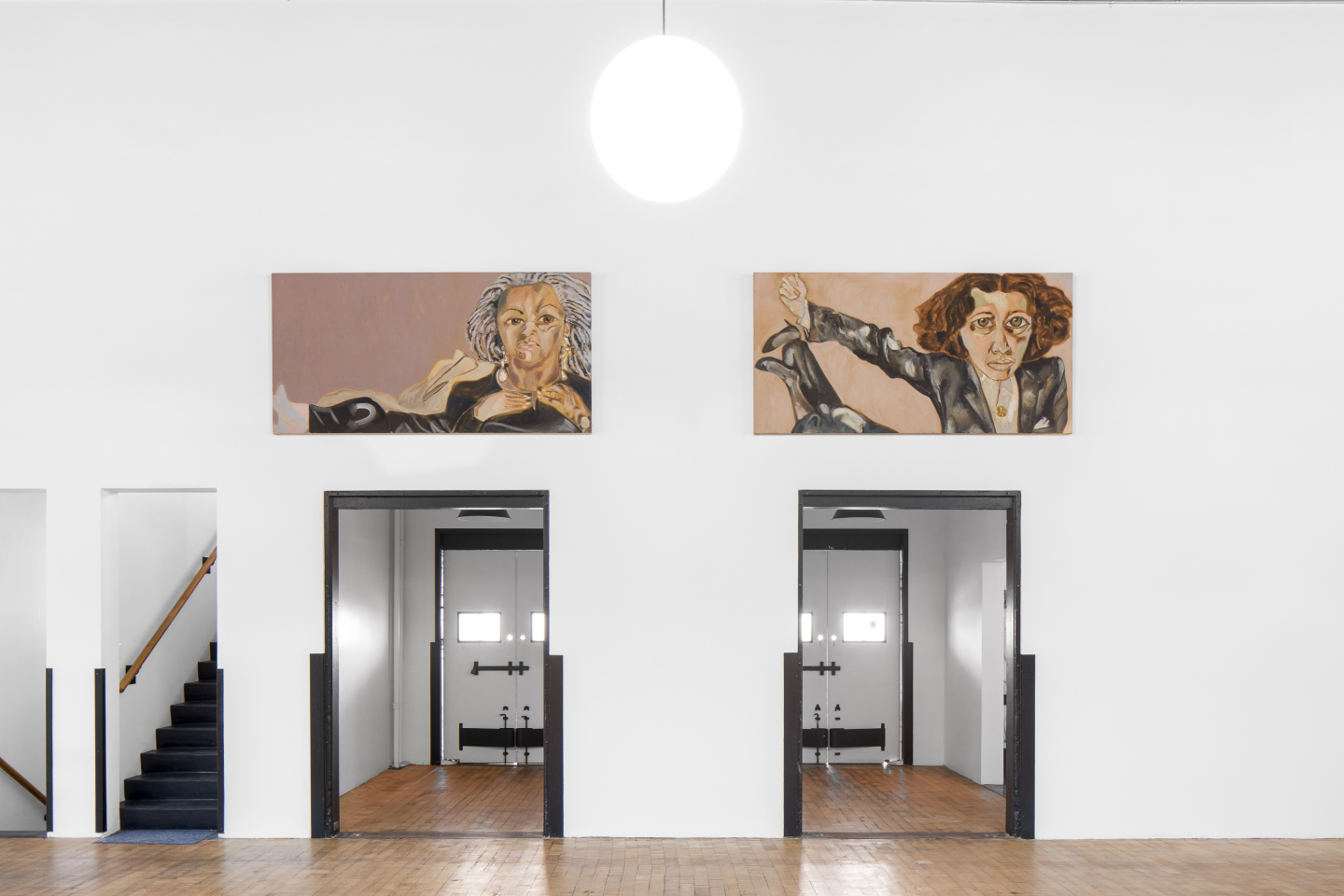
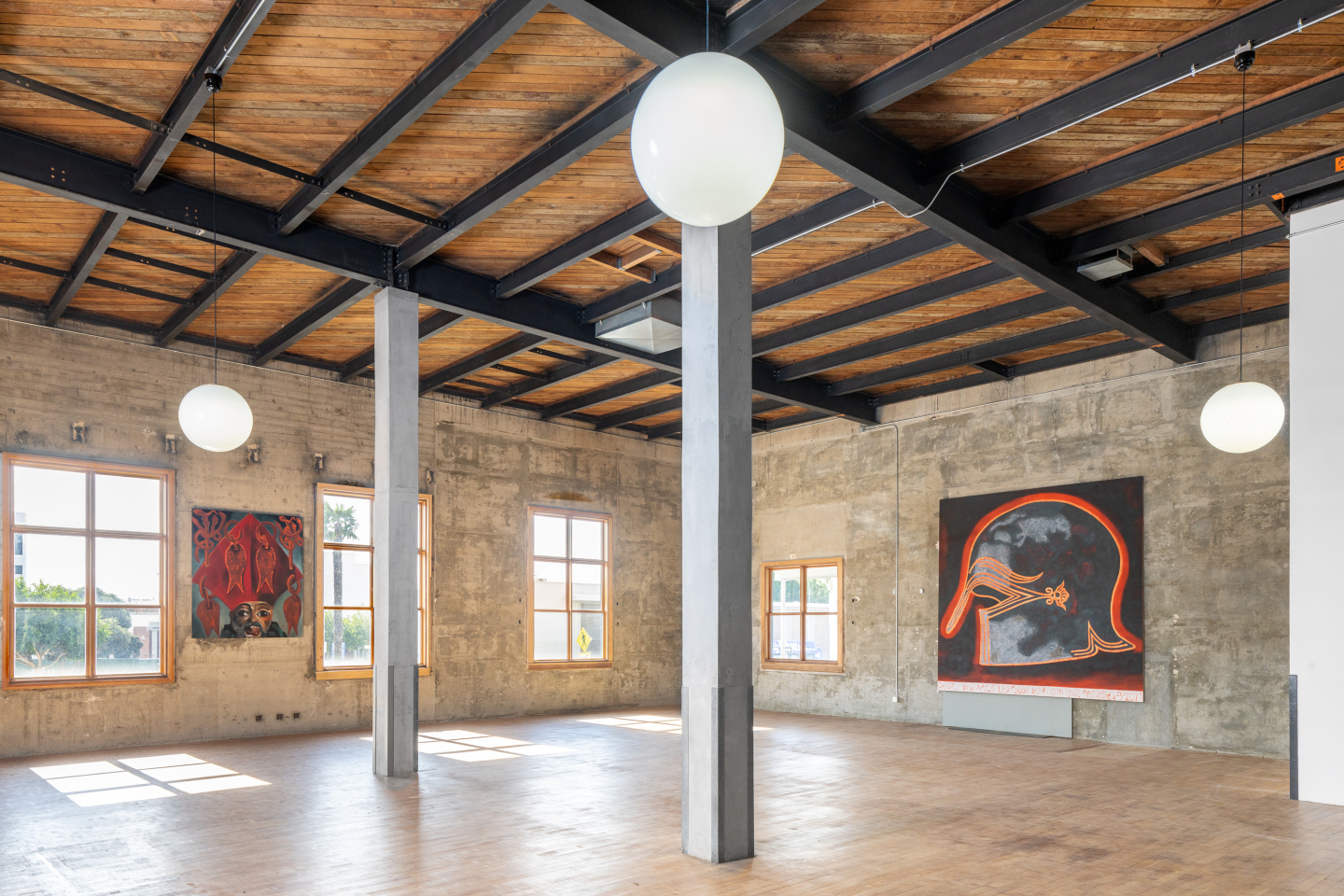
Throughout his practice, Italy-born Clemente maintains undeviating compassion for the human spirit and an explorative sense of open wonder. As revealed in this show, the motions of his creative output reflect the wisdom that results from deep consideration of a subject. For Clemente, ponderance on the fleeting nature of life has given the artist and his philosophical work a tolerance for uncertainty and a belief in epistemic humility.










 in your life?
in your life?

